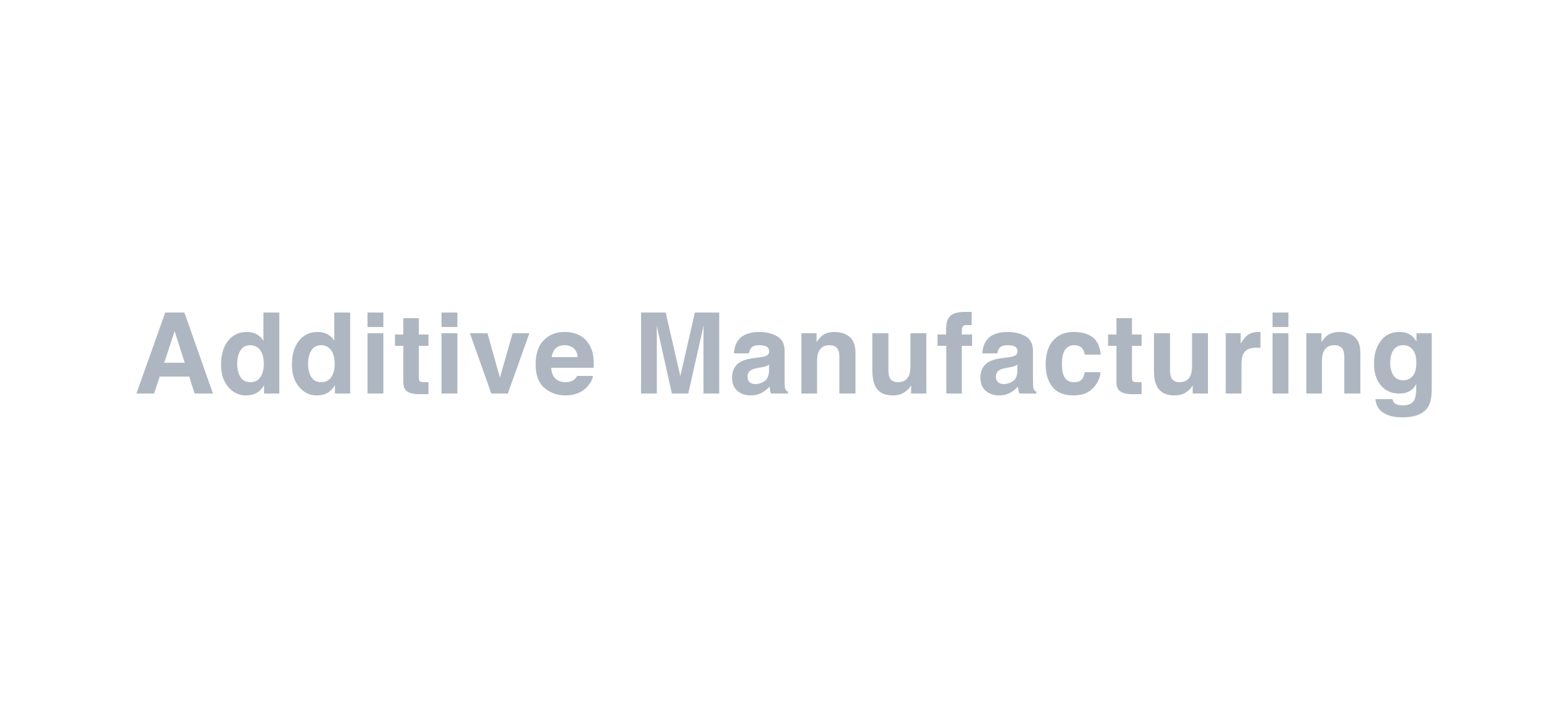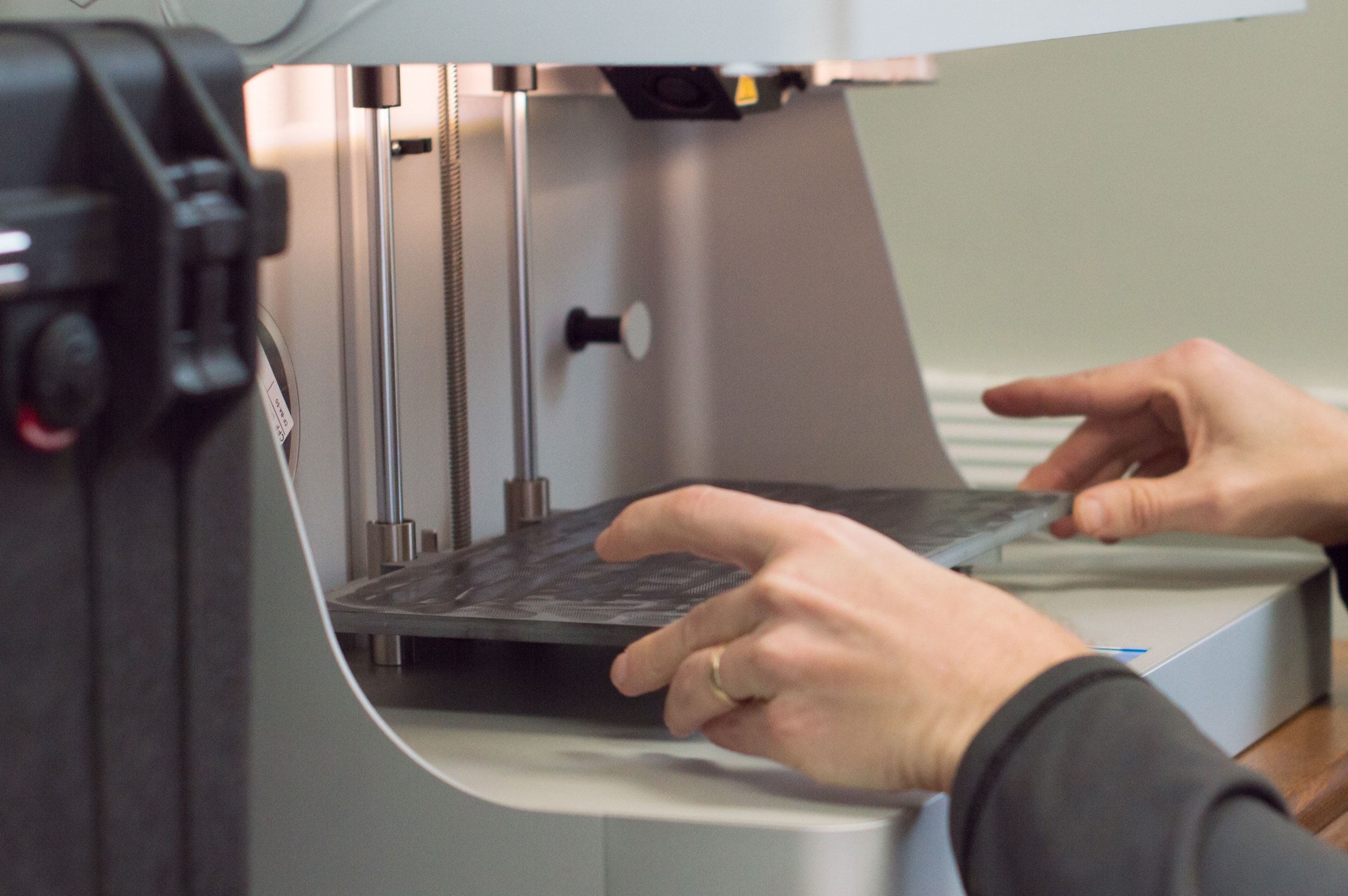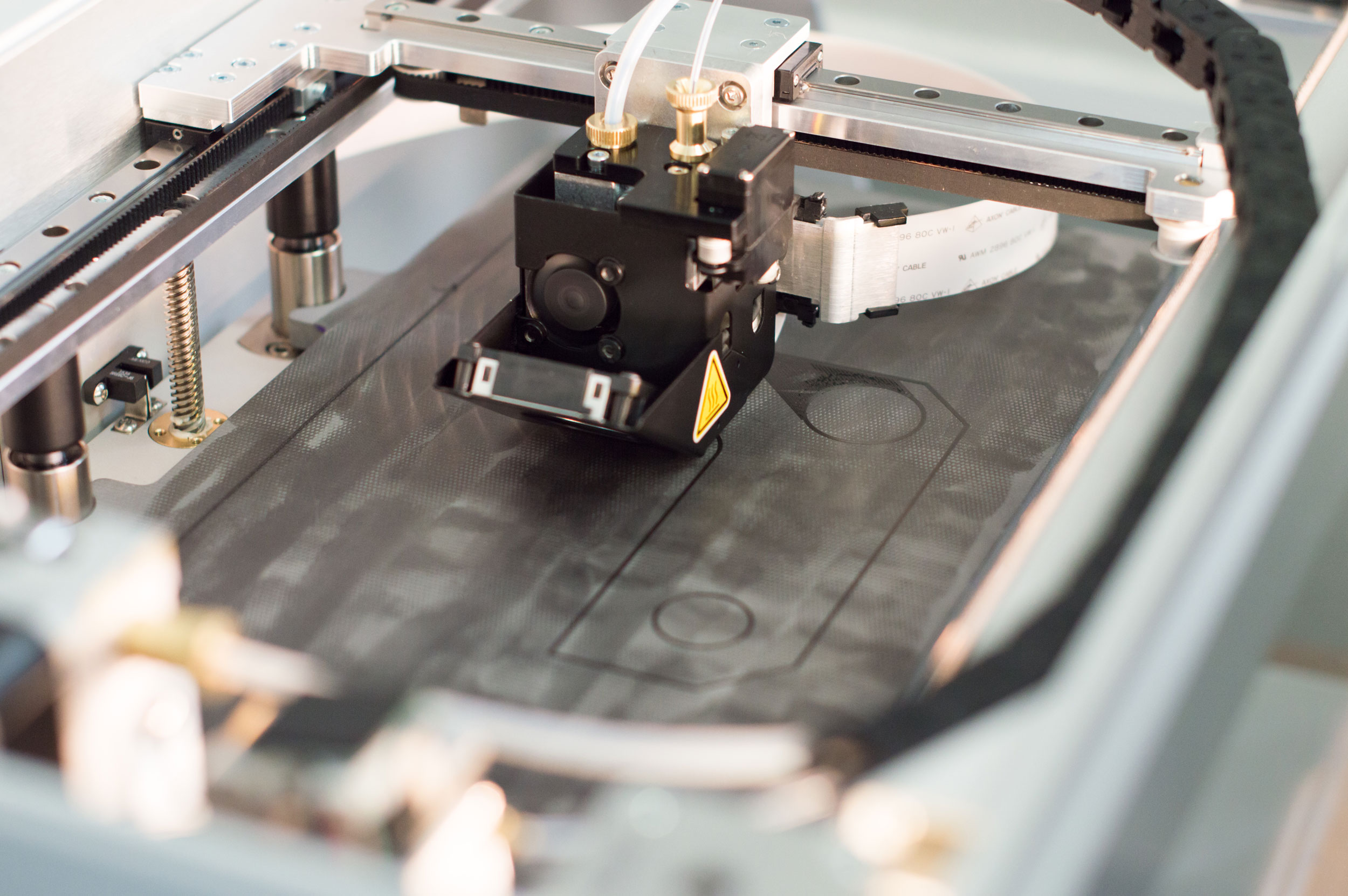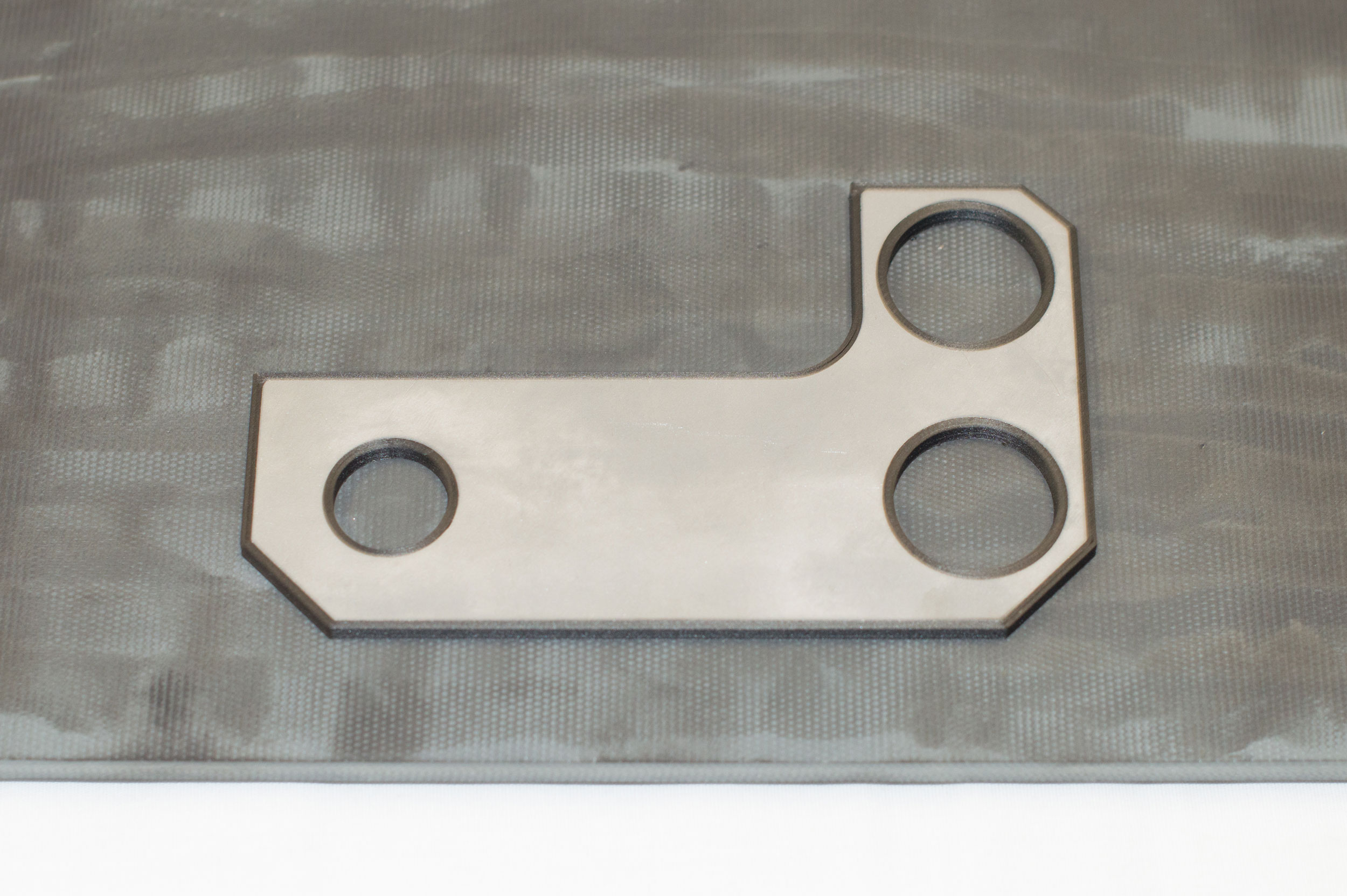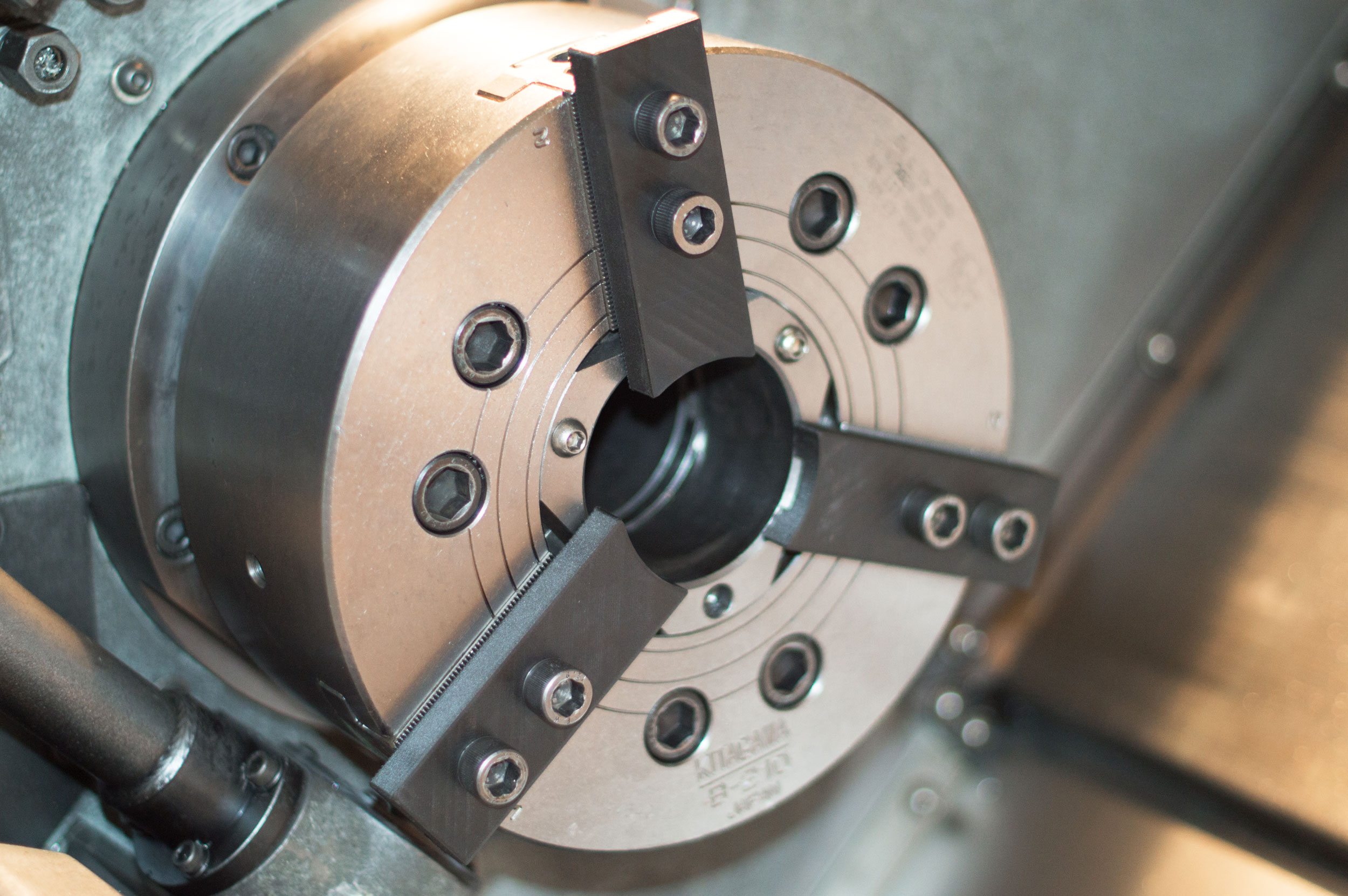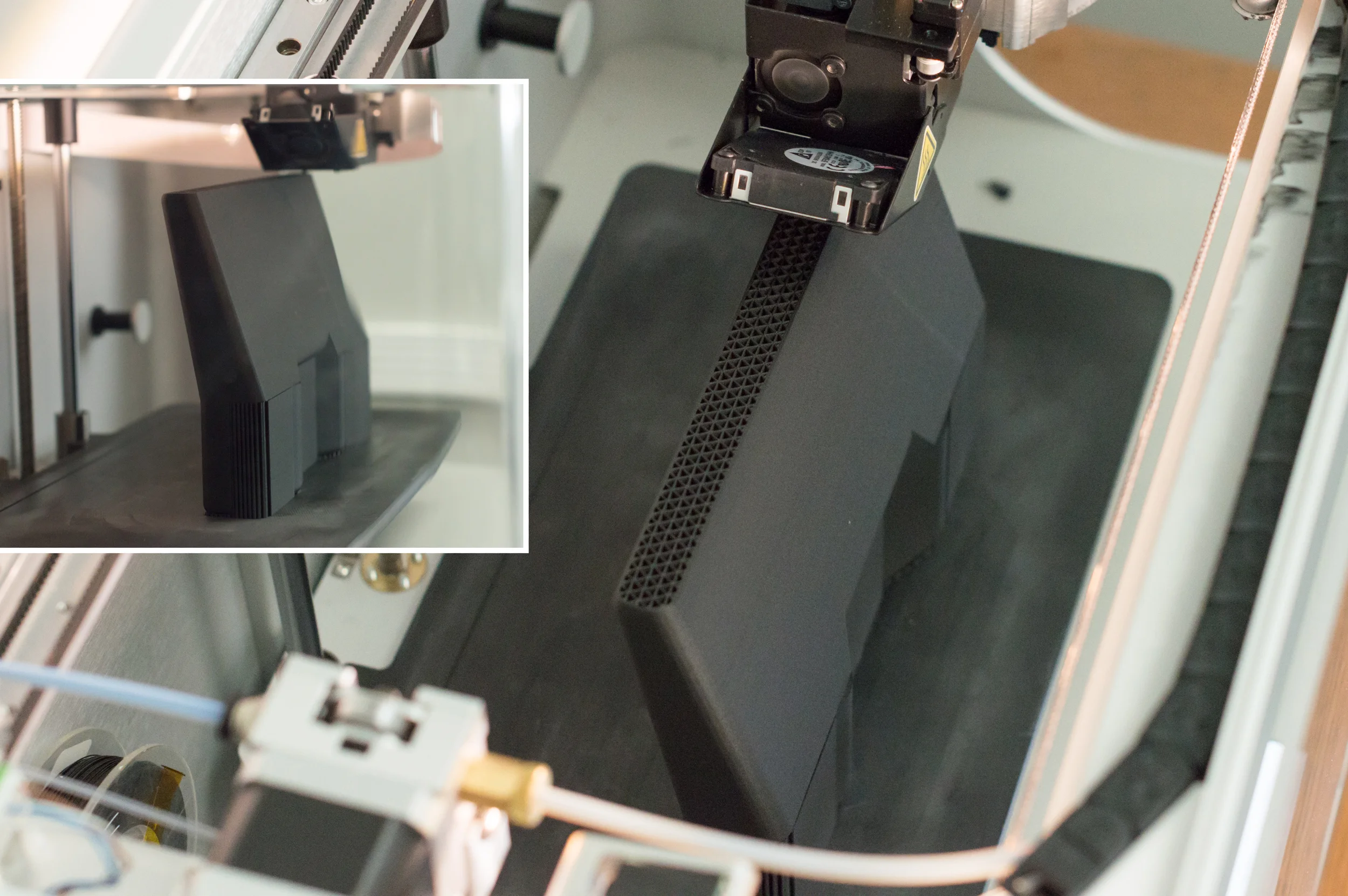Centerline Engineered Solutions understands the importance of innovation within our operation and within our customer’s operation. 3D printing has developed from a “neat idea” for prototypes to ready for industrial applications within the last 5 years. Many bold predictions are being made regarding the ability of 3D printing to transform our manufacturing environment and we believe the future of 3D printing is extremely positive.
At Centerline Engineered Solutions we believe the transformation to 3D printing will be incremental within most industrial plants and we are prepared to assist our customers on this journey. We have found that 3D printed parts are comparable to aluminum in strength and approximately 50% less in delivered cost. Parts that require multiple machine steps to produce are great candidates for 3D printed parts. 3D printed parts can achieve tolerances required within most industrial applications.
Stay on the leading edge of innovation...let us help you on this journey.
Three Areas 3D Printing is Helpful
Increase employee productivity – use more jigs/fixtures:
Fixtures and jigs are instrumental tools for improving quality and efficiency within industrial environments. However, designing and constructing a fixture/jig can be time consuming and costly using traditional machining solutions. 3D printing of fixtures/jigs allows the engineer to go straight from a CAD drawing of an operation to the creation of a fixture/jig and printing of that part within hours. This can reduce the cycle time for a new fixture/jig from multiple weeks to days. This can also improve the ergonomic situation that many industrial manufacturing employee’s face.
The Sweet Spot – parts with multiple machining steps:
3D printing eliminates the need for multiple set ups on parts that are fabricated. This reduces the cost of production significantly and reduces the risk of quality defects by eliminating variation from different operators, different equipment setups, and the logistics of multiple processing steps. Everything is done in one step on one machine.
Rapid Proto-typing:
3D printing has established itself as a juggernaut for prototyping parts. Traditional machining can not compete. 3D printing allows a prototype to be in the hands of the design engineer within days of his completed drawing. It also allows the engineer to design for function and purpose versus sub-optimizing a design to improve manufacturability.
Our 3D Printing Capabilities
Direct Metal Laser Sintering (DMLS)
Direct metal laser sintering (DMLS) is an additive manufacturing technique that uses a laser as the power source to sinter powdered material (typically metal), aiming the laser automatically at points in space defined by a 3D model, binding the material together to create a solid structure.
The technology fuses metal powder into a solid part by melting it locally using the focused laser beam. Parts are built up additively layer by layer, typically using layers 20 micrometers thick. This process allows for highly complex geometries to be created directly from the 3D CAD data, fully automatically, in hours and without any tooling. DMLS is a net-shape process, producing parts with high accuracy and detail resolution, good surface quality and excellent mechanical properties.
PolyJet
PolyJet 3D printing technology is a powerful additive manufacturing method patented by Stratasys.
3D printers powered by PolyJet technology feature 16-micron layers with accuracy as high as 0.1 mm for smooth surfaces, thin walls and complex geometries. It is the only technology that supports a range of materials with properties from rubber to rigid and transparent to opaque. And with Objet Connex technology, multiple materials can even be printed simultaneously in the same part.
Stereolithography (SLA)
Stereolithography is an additive manufacturing process which employs a vat of liquid ultraviolet curable photopolymer "resin" and an ultraviolet laser to build parts' layers one at a time. For each layer, the laser beam traces a cross-section of the part pattern on the surface of the liquid resin. Exposure to the ultraviolet laser light cures and solidifies the pattern traced on the resin and joins it to the layer below.
Selective Laser Sintering (SLS®)
SLS involves the use of a high power laser (for example, a carbon dioxide laser) to fuse small particles of plastic, metal, ceramic, or glass powders into a mass that has a desired three-dimensional shape.
Fused Deposition Modeling (FDM)
3D printers that run on FDM Technology build parts layer-by-layer from the bottom up by heating and extruding thermoplastic filament.
Check out some of our recent projects
Stress Testing 3D printed parts on a Trumpf Press Brake
3D Printing Helping to Make a Final Part
Learn more about Additive Manufacturing
from industry experts
Preparing for Industrial Manufacturing 3D Printing
7 Examples of How 3D Printing is Being Used in Manufacturing Today
3D Printing: The Next Revolution in Industrial Manufacturing
This is a customized prototype we are making to solve a customer's recurring problem. We would love to help solve any problems you might have!

